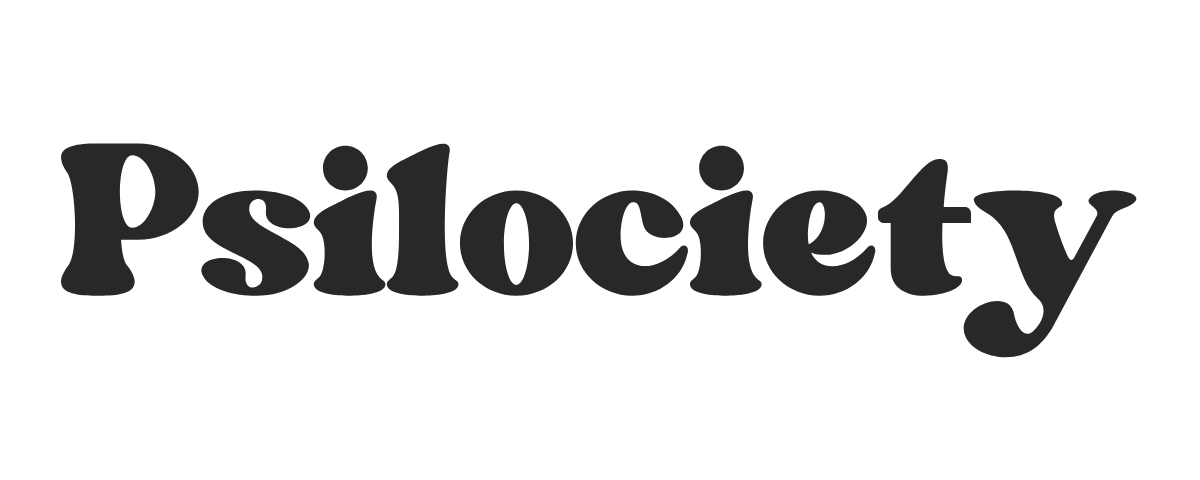Further Education in Psychedelic-Assisted Therapy – Experiences from Switzerland
Examining Switzerland’s training framework for psychedelic-assisted therapy and its role in ensuring safe and effective clinical implementation.

Title & Introduction
- Paper Title: Further Education in Psychedelic-Assisted Therapy – Experiences from Switzerland
- Published In: BMC Medical Education
- Publish date: March 5, 2025
- Authors: H.D. Aicher, F. Müller, P. Gasser
- Objective: To examine Switzerland’s training programs for psychedelic-assisted therapy (PAT) and assess their effectiveness in preparing clinicians.
- Importance: With growing interest in PAT for treatment-resistant mental health conditions, structured education is crucial to ensure safe and effective implementation.
Summary & Takeaways
Key Takeaway: Switzerland has established a comprehensive training framework for psychedelic-assisted therapy, addressing both theoretical knowledge and practical application, but demand exceeds availability.
Practical Application: Expanding training programs and establishing standardized certification processes can improve the accessibility and safety of PAT for psychiatric disorders.
Key Background Information
- Context: Since 2014, Switzerland has allowed limited medical use of psychedelics, leading to the development of structured education programs for clinicians.
- Hypothesis: A well-designed education framework for PAT will enhance treatment safety, ethical considerations, and therapeutic efficacy.
Methodology
- Study Design: Review and analysis of Switzerland’s psychedelic-assisted therapy training programs.
- Participants: Physicians and psychologists undergoing PAT training.
- Intervention/Exposure: Three-year training program integrating theoretical coursework, hands-on experience, and supervised retreats.
- Controls: Comparison to traditional psychiatric training programs.
- Duration: Ongoing evaluation of training outcomes over several years.
Key Findings
Primary Outcomes:
- Switzerland’s training program includes a balance of theory, ethical considerations, and practical psychedelic experience.
- MDMA, psilocybin, and LSD are the primary substances used in the training context.
- Demand for PAT training is growing rapidly, exceeding the available program capacity.
Secondary Outcomes:
- Regulatory changes may increase the need for structured certification pathways.
- Trainees report that experiential learning enhances their ability to guide patients through psychedelic sessions.
- International collaboration and expansion of training options are needed to meet future demands.
Interpretation & Implications
- Conclusion: Switzerland’s structured approach to PAT training serves as a model for other countries looking to implement similar programs.
- Implications: Establishing global standards for PAT education will be crucial as psychedelic therapies gain wider acceptance.
- Limitations: Limited access to training due to high demand and resource constraints.
Researchers & Publication
- Researchers: H.D. Aicher, F. Müller, P. Gasser
- Publication Name: BMC Medical Education
- Study URL: https://doi.org/10.1186/s12909-025-06871-y

